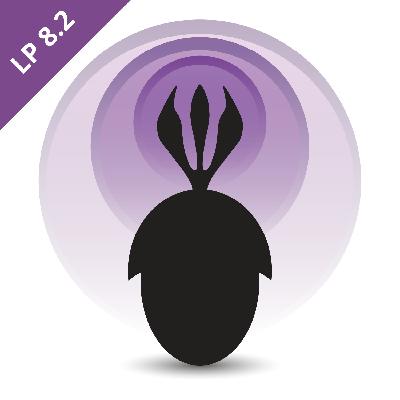Life On Our Planet 6.4 - Dr Anjan Bhullar
Description
LOOP 6.4: Prof. Anjan Bhullar continues his overview of avian evolution with a look at how the birds fared after the K-Pg mass extinction. What was it that allowed birds to survive when the non-avian dinosaurs died out? Why didn’t they just become dinosaurs again? What have birds been able to achieve in the time since and how important are they to modern ecosystems. Not an episode to be missed (unless you’re Prof. Dan Field).
Life On Our Planet (LOOP) is a new 8-part series created for Netflix by Silverback Films and Amblin Television. This Steven Spielberg produced series, narrated by Morgan Freeman, is hugely ambitious in its scope, telling the story of life throughout the whole Phanerozoic Eon. Ancient organisms and environments are painstakingly recreated by the supremely talented Industrial Light and Magic, whilst modern natural history scenes add vital context to the story.
This show has been worked on for six years, during which time countless papers were read and around 150 different palaeontologists contributed their time and knowledge. The whole production had culture of letting the scientific rese arch dictate scenes, resulting in one of the most accurate on-screen representations of prehistoric life there has ever been.
And how do we know all this? Well, our very own team members Tom Fletcher and Dave Marshall have been embedded within the LOOP team since day one! We are therefore in a totally unique position to reveal to you the work that went into this series, from both the production and research side of things.
In this unofficial series, we’ve been granted exclusive access to many of the people responsible for creating LOOP, we explore what it takes to create a palaeontological documentary and we delve deeper into the science with some of the show’s academic advisors. Each day, we will be releasing batches of interviews, each relating to a specific episode of LOOP.
Image courtesy and copyright of Netflix.
























